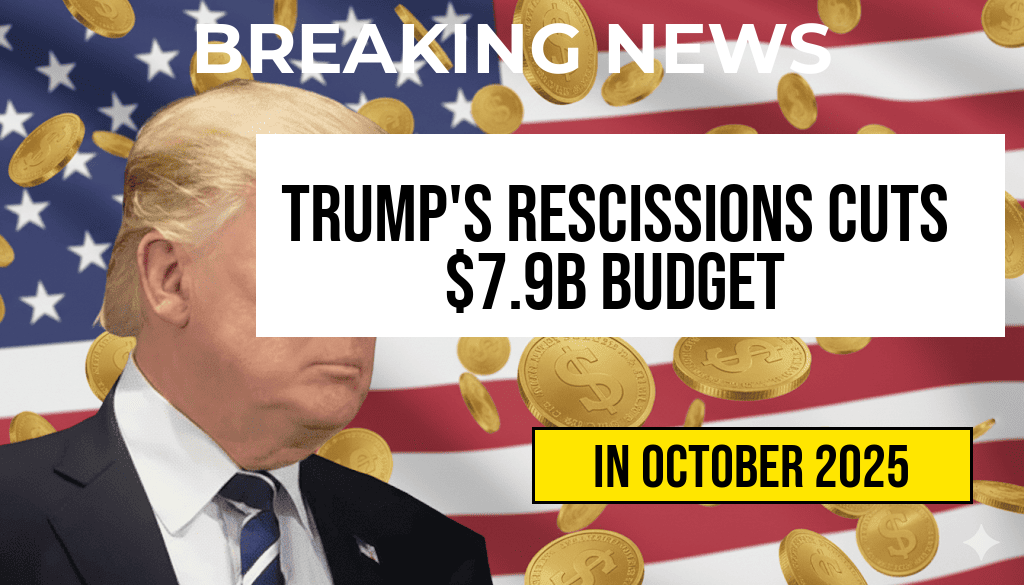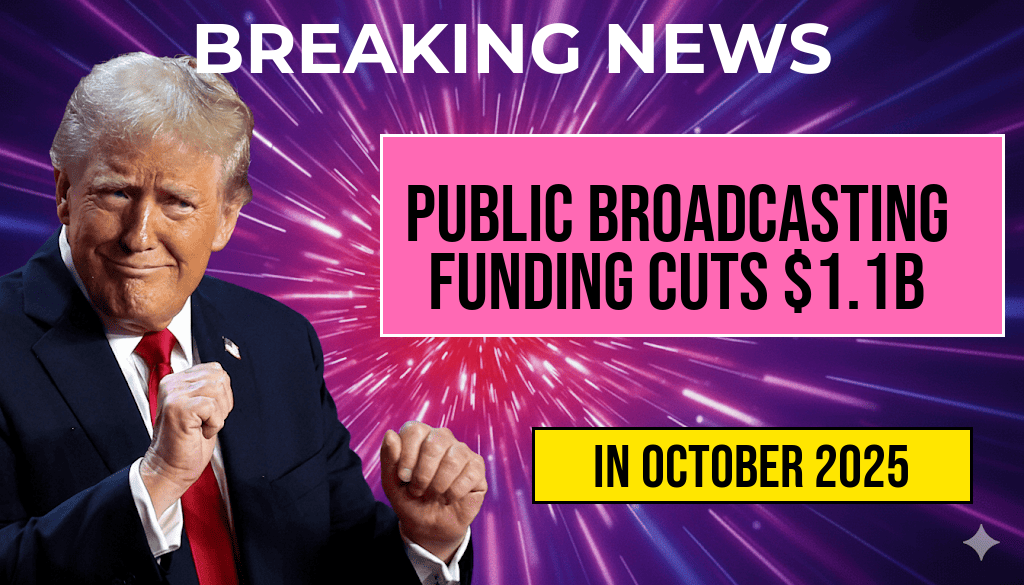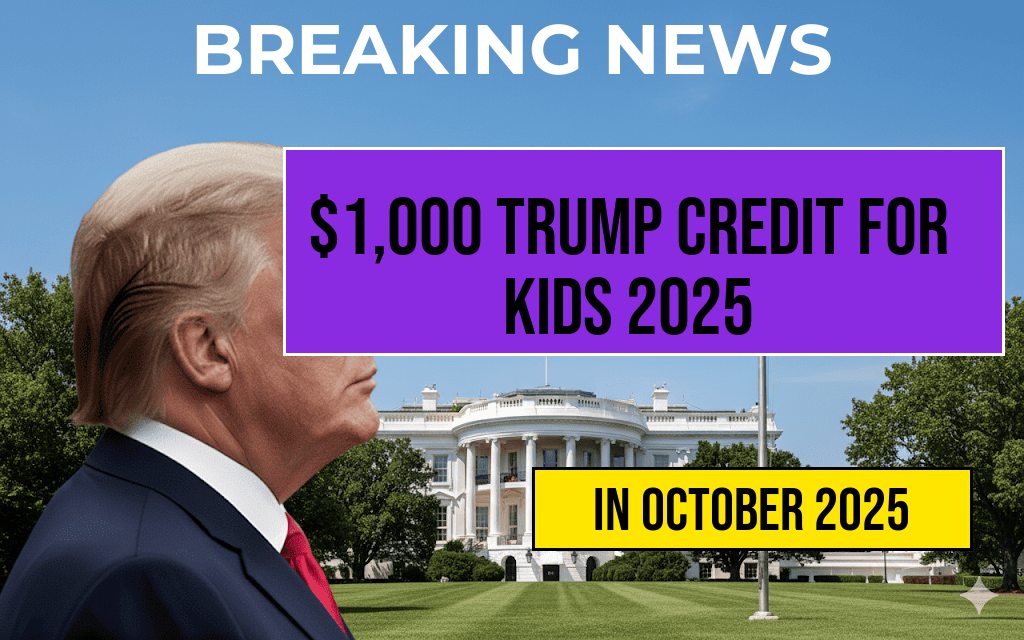President Donald Trump’s recent signing of the Rescissions Act has resulted in a significant reduction of the federal budget, totaling approximately $7.9 billion. The move, announced earlier this week, involves the rescinding of funds allocated across various agencies and programs, aiming to streamline government spending amid ongoing debates over fiscal responsibility. This action marks one of the largest rescission packages in recent years, reflecting the administration’s focus on trimming discretionary spending while maintaining core priorities. The affected agencies include the Department of Defense, Health and Human Services, and other federal entities, with some programs facing immediate funding cuts. The legislative process behind the rescission involved both chambers of Congress, with most members expressing divergent views on the potential impacts of the budget adjustments.
Details of the Rescissions Package
Scope and Allocation of Funds
| Agency | Funds Rescinded | Percentage of Total Cuts |
|---|---|---|
| Department of Defense | $3.2 billion | 40% |
| Health and Human Services | $1.8 billion | 23% |
| Department of Education | $1.0 billion | 13% |
| Other Agencies | $1.9 billion | 24% |
The rescission package primarily targets discretionary spending, with particular emphasis on military procurement, health initiatives, and education grants. Notably, the Department of Defense accounts for the largest portion, reflecting the administration’s goal to prioritize military readiness while curbing excess expenditures.
Legislative Process and Political Response
The Rescissions Act was passed through a streamlined legislative process, leveraging special budget procedures that allow for expedited action. Congress approved the measure with bipartisan support, though some lawmakers voiced concerns about the potential disruption to ongoing programs. Senators and House members from both parties offered mixed reactions, citing worries over the impact on vulnerable populations and national security initiatives.
Senator Elizabeth Warren (D-MA) criticized the rescissions, stating, “While fiscal responsibility is essential, cutting funds in critical areas like health and education risks undermining progress and equity.” Conversely, supporters argue that the cuts are necessary to reduce waste and improve government efficiency, aligning with the Trump administration’s broader fiscal policy objectives.
Implications for Federal Programs and Future Budgeting
Impact on Programs and Services
Many programs will face immediate adjustments as a result of the rescissions. For example, some medical research initiatives funded by the National Institutes of Health are expected to experience delays, while military operations could see procurement schedules accelerated or slowed depending on the specific funds rescinded.
- Defense Contractors: Some contracts may be delayed or scaled back, potentially affecting employment and supply chains.
- Health Initiatives: Funding for preventive care and public health outreach could be reduced, impacting vulnerable communities.
- Educational Grants: Student aid programs and research grants may see budget reductions, influencing higher education projects nationwide.
Future Fiscal Considerations
The rescission’s long-term effects remain uncertain as federal agencies reassess their priorities. While proponents see it as a step toward fiscal discipline, critics warn that it could hamper essential services and slow economic growth. Budget analysts highlight that such cuts, if not carefully managed, risk creating gaps in service delivery and undermining strategic initiatives.
For additional context on government budgeting and fiscal policies, consult resources like Wikipedia’s overview of the federal budget and Forbes’ coverage of fiscal policy developments.
Frequently Asked Questions
What is the main goal of Trump’s Rescissions Act?
The primary goal of Trump’s Rescissions Act is to reduce the federal budget by approximately seven point nine billion dollars, aiming to cut unnecessary or unspent government expenditures.
How does the Rescissions Act impact federal funding?
The Act rescinds allocated funds from specific government programs and projects, effectively reducing the overall federal budget by the targeted amount of seven point nine billion dollars.
Which government areas are most affected by the budget cuts?
The budget reductions primarily impact non-essential and discretionary programs, though the specific areas vary depending on the rescission proposals included in the Act.
What are the potential implications of the budget reduction?
The reduction may lead to delays or cancellations of projects, impact public services, and influence fiscal policy decisions in the near term.
When was the Rescissions Act enacted and how will it be implemented?
The Act was enacted on [insert date], and its implementation involves reviewing and rescinding funds from specific programs, with oversight to ensure budgetary goals are met efficiently.








